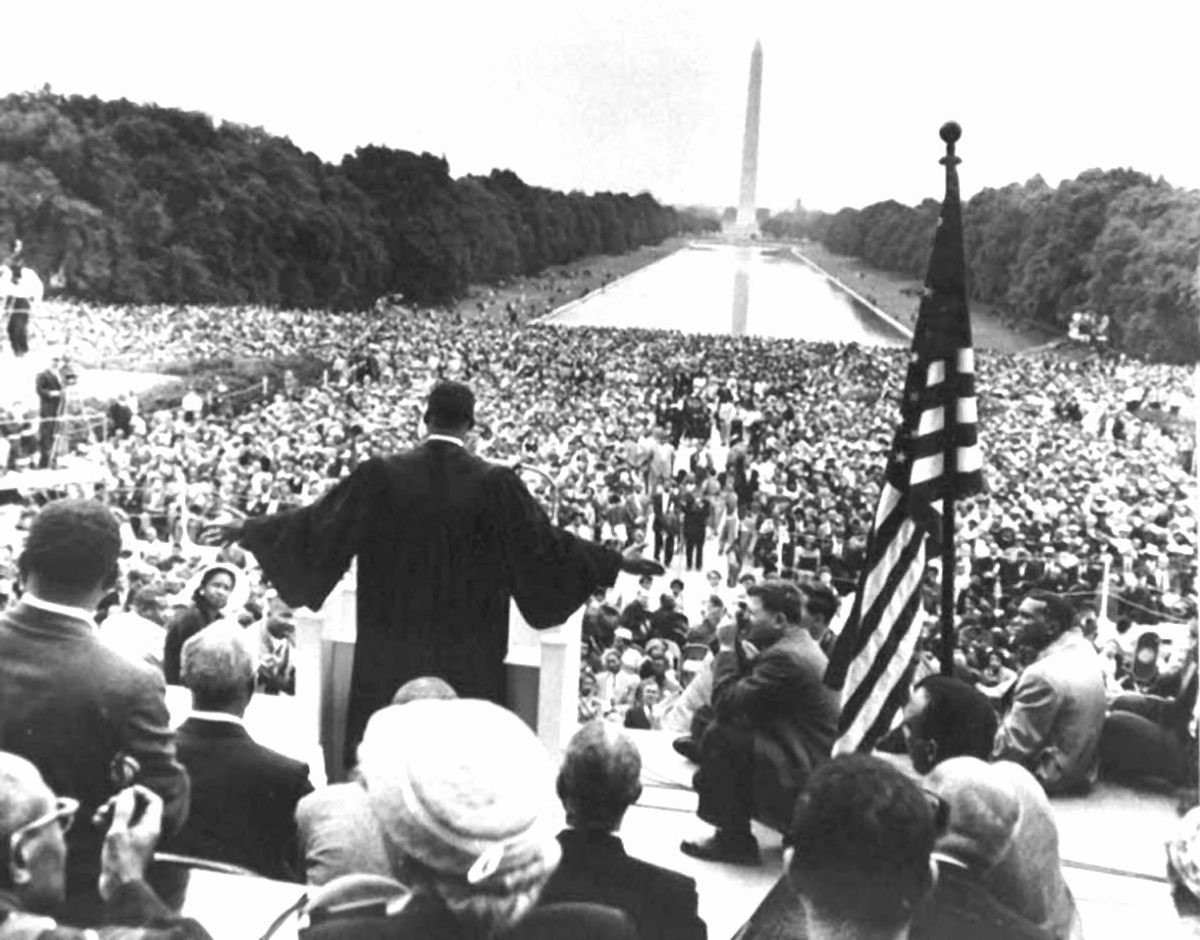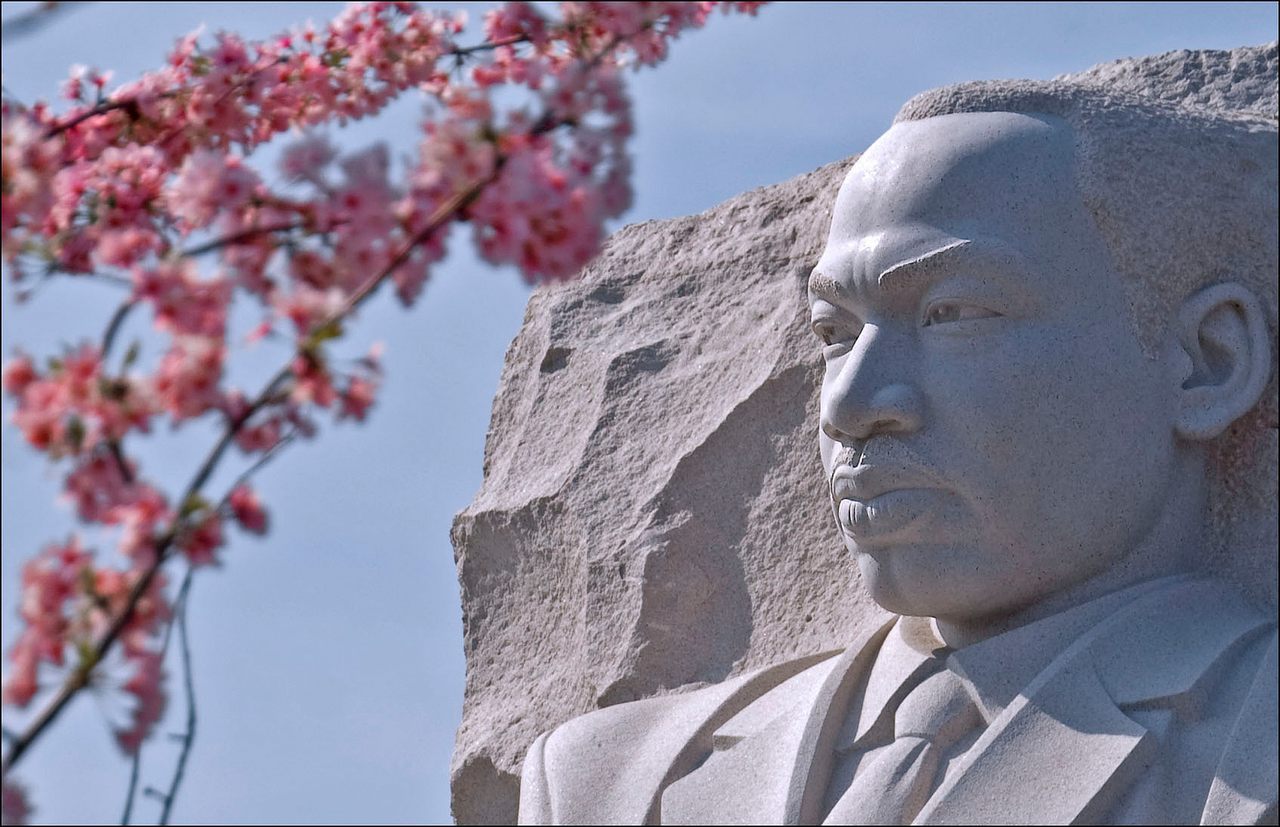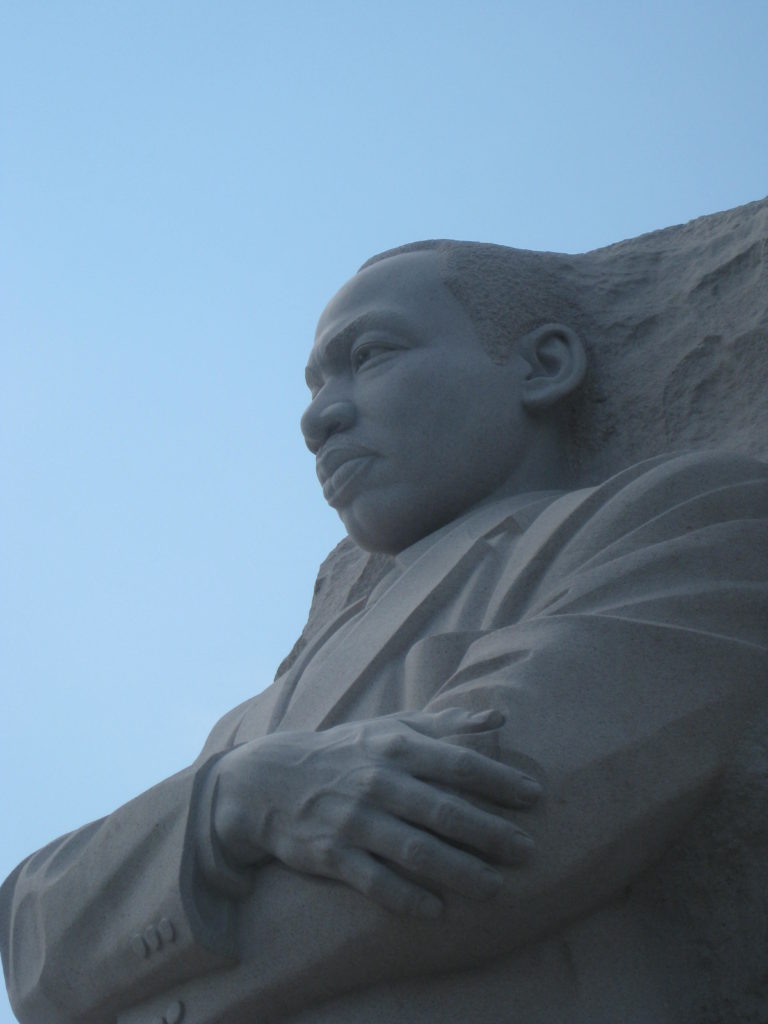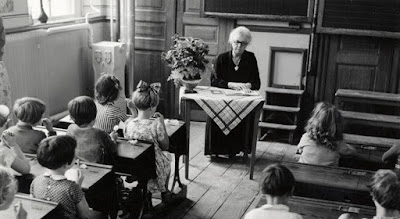By Katherine Shaver Washington Post Dec 19th
A new map of one of the Washington region’s most affluent and liberal suburbs reveals an ugly past: scores of neighborhoods deemed Whites-only for decades, helping to set the stage for persistent racial inequities.
The interactive map devised by Montgomery County planners shows areas of Bethesda, Chevy Chase, Silver Spring and Takoma Park that had pervasive racial covenantsfor much of the 20th century. While the history of racial covenants has been well-documented,urban planners and historians say plotting them on a map — neighborhood by neighborhood and, in some cases, parcel by parcel — lays bare the extent of discrimination in stark and often surprising ways.
The restrictions, which remain written into property deeds, prohibited homes from being sold or rented to people of “negro blood or extraction” or anyone not “of the Caucasian race.” Some also prohibited Jews, as well as Asians, Armenians, Syrians and other nationalities. The U.S. Supreme Court ruled in 1948 that courts could no longer enforce racial covenants, and the Fair Housing Act outlawed them in 1968.
The legacy of decades of housing discrimination still plagues the U.S.
Other cities and suburbs across the country have also begun mapping racial covenants, revealing some of the roots of persistentdisparities in homeownership. Affordable housing advocates say they reinforce the need to add lower-income housing in single-family home neighborhoods — areas that often overlap with those that had racial covenants. The patterns of segregation that racial covenants helped to establish, experts say, can still be seen in the demographics of many neighborhoods and public school systems.
By overlaying the maps with other data, researchers are exploring how those patterns might continue to play out in neighborhood home values, access to public transportation, government investment and health outcomes. A 2020 study found that land surfaces in areas that were subjected to “redlining” — the government-sanctioned practice that effectively denied home loans in predominantly Black communities — were up to 12.6 degrees hotter, partly because they have less tree canopy and more asphalt and concrete.
Perhaps most importantly, researchers say, the maps require the public, particularly White residents, to grapple with a racist history close to home.
Racist housing covenants haunt property records across the country. New laws make them easier to remove.
In Montgomery, at least 41 percent of the 1,763 subdivisions surveyed inside the Capital Beltway had racial covenants between 1873 and 1952. Other areas of the county have yet to be mapped, planners said.
America is more diverse than ever — but still segregated
“You have to be able to see the injustice,” said Rebeccah Ballo, historic preservation supervisor for the Montgomery planning department. “I think people have to see it in their communities.”
In the Washington region, mapping of racial covenants alsois underway in the District,Alexandria, andPrince George’s, Fairfax and Arlington counties. Other cities include Minneapolis, Chicago, St. Louis, Charlottesville, Seattle and cities across Washington state.
Historians say racial covenants were possible, and in some areas pervasive, in neighborhoods built in the late 19th century or first half of the 20th century — a period when suburbs boomed and Black southerners moved to northern and Midwestern cities as part of the Great Migration.
Racial covenants became more popular after 1917, when the Supreme Court prohibited zoning ordinances based explicitly on race. The deed covenants, along with legally binding agreements reached among neighbors, were considered private contracts that residents could seek to enforce in court.
“There’s a recognition that these covenants are almost everywhere,” said LaDale Winling, an associate history professor at Virginia Tech and director of a covenant mapping project for the Chicago area.
When residents see their own neighborhood was off-limits to non-White residents, Winling said, “People are horrified.”
Redlining was banned 50 years ago. It’s still hurting minorities today
Historians say they, too, have been surprised at how widespread racial covenants were. Kristin Neun, co-researcher on the Arlington mapping project, said she has found covenants throughout the county, which limited Black residents to certain neighborhoods.
“It’s the extraordinary breadth of it that I certainly didn’t have any idea about,” Neun said. “People think [segregated] communities just grew up, but you start to realize maybe it’s not quite so random.”
The work comes as more governments are digitizing their 20th-century land records, making deed searches easier, if still cumbersome and labor-intensive. It follows research into the racial wealth gap created when Black families were prevented from buying homes or were forced to live in less desirable areas, limitingwealth to pass down from one generation to the next.
The research also aligns with urban planners’ examination of their profession’s own role in racist land-use policies and has gained traction amid the racial justice movement surrounding the 2020 murder of George Floyd.
“We’re showing systemic racism,” said Mara Cherkasky, a historian mapping covenants in the District. “Here it is, completely mapped out.”
Single-family zoning preserves century-old segregation, planners say. A proposal to add density is dividing neighborhoods.
Some local officials say the maps could lay a case for directing government funding toward historically underserved, majority-Black communities.
Cherri Branson, an acting member of the Montgomery planning board, said she has heard stories from fellow Black residents who were blocked from living in sought-after neighborhoods. She recalled her mother’s frustrations when searching for a Montgomery home in the early 1980s. Real estate agents repeatedly steered her toward lower-income neighborhoods with substandard housing and no public transportation to her job in downtown Washington,Branson said.
“I wasn’t surprised,” Branson said of seeing the Montgomery map with broad areas shaded pink, indicatingracial covenants. “If you talk to any Black person over 75 in this county, they’ll tell you where segregation was and where they couldn’t buy a house. … This documents that these stories are true and real.”
Branson said county officials should consult the racial covenant maps to analyze areas that lack public transportation, social services, tree canopy and amenities.
“Have these areas been neglected?” Branson said. “If the answer is ‘yes,’ then fix it.”
In Evanston, Ill., public officials cited the city’s history of racial covenants and other discriminatory practices when they designated their early local reparations payments — the first in the country — for Black residents’ home repairs, mortgage assistance and other housing costs.
Minneapolis officials cited their “Mapping Prejudice” project when they eliminated single-family home zoning in 2018 to allow duplexes and triplexes throughout the city. The project’s director, historian Kirsten Delegard, said she started researching covenants in 2016, when 25 percent of Black families owned homes in the Twin Cities compared with almost 80 percent of White families — the widest gap of any major U.S. metropolitan area.
Perspective: ‘Midwest Nice’ hides a history of racial terror and segregation
Single-family zoning was codified in Minneapolis in 1963, the same year the state outlawed racial covenants. The zoning reinforced patterns of segregation by keeping all-White neighborhoods more expensive, Delegard said.
“Understanding what have been pockets of structural privilege really helps planners understand how to be strategic about investments and policy decisions to undo the damage,” she said. “You need truly affordable housing in a variety of neighborhoods, or the patterns you have are going to stay in place.”
A 2019 study of Minneapolis and the surrounding county found that houses that had racial covenants had home values an average 4 percent to 15 percent higher than those that did not.
Historians with the D.C. mapping project say they have found a more complicated legacy, including a link between covenants and gentrification. Some neighborhoods east of Rock Creek Park, such as Petworth and Bloomingdale, had racial covenants. However, they became majority-Black after early 20th century “White flight” to growing — and largely segregated — suburbs, they said.
The majority-Black D.C. neighborhoods then lost government investment in amenities such as parks and attracted fewer home improvement loans, historians said. That lowered property values, leaving the areas ripe for gentrification.
“One thing covenants did was attach greater value to places that were exclusively White while devaluing areas where Black people lived,” said Sarah Shoenfeld of the Mapping Segregation in Washington DC project. “That had a long-term impact.”
Shoenfeld and Cherkasky have been researching the District’s racial covenants since 2014. They have found about 25,000in place before 1948 throughout the city, so far mostly east of Rock Creek Park, where they focused first. They said they are finding many in areas such as Cleveland Park, Palisades and Chevy Chase as they expand their search.
Acting D.C. planning director Anita Cozart said planners have used the racial covenant research as a “framework” for discussing with residents the need for more affordable housing across the city, including in areas long zoned for single-family houses.
How George Floyd’s death fueled a push for more affordable housing in mostly White parts of D.C.
The need for “reparative work” to correct housing inequities underlay planners’ recommendations to add more affordable housing types in the Chevy Chase area of upper Northwest Washington, Cozart said. She said planners also will take the history of racial covenants into account when they consider the future of single-family zoning as part of rewriting the District’s long-term growth plan in 2025.
“When you think about inclusion, you also have to look at exclusion — you have to look back and see who was excluded,” Cozart said. “It helps educate ourselves and others, that this is what’s contributed to what we see today.”
In George Floyd’s Houston, another generation tries to make it out of a housing project
Many historians are reluctant to say how the data should be used beyond raising public awareness, and some are wary of drawing links between racial covenants and current neighborhoodconditions. More research is needed, they say, to parse the lingering effects of covenants from other factors that promoted racial segregation, such as redlining and real estate agents and developers who steered Black home buyers away from majority-White neighborhoods long after 1968.
Many point to still-legal covenants that effectively restrict neighborhoods to residents of certain incomes and, in turn, are less racially diverse by requiring that homes be of a minimum cost or size.
The battle over single-family zoning is also a fight about what to call it
Researchers across the country say the work is slow going, with much of it relying on professors and their students, as well as volunteerhistorians and community members.
In Montgomery, planners said they so far have used limited resources to sample property deeds dating back to when a subdivision was laid out by the developer. If they found a deed with a racial covenant, they labeled the entire subdivision as having them because that was the practice at the time. Historians in other cities say such an approach, while quicker than reviewing every parcel, misses properties where developers, builders or homeowners added covenants after a subdivision was laid out.
Ballo said Montgomery planners will update their map as they broaden their research beyond the Beltway. But they also know it won’t show all the ways Black and Asian residents, Jews and other discriminated groups were long shut out.
“Just because an area isn’t shaded pink” showing it had racial covenants, Ballo said, “doesn’t mean in any way that these neighborhoods were welcoming.”
https://www.washingtonpost.com/transportation/2022/12/17/racial-covenants-mapping/











